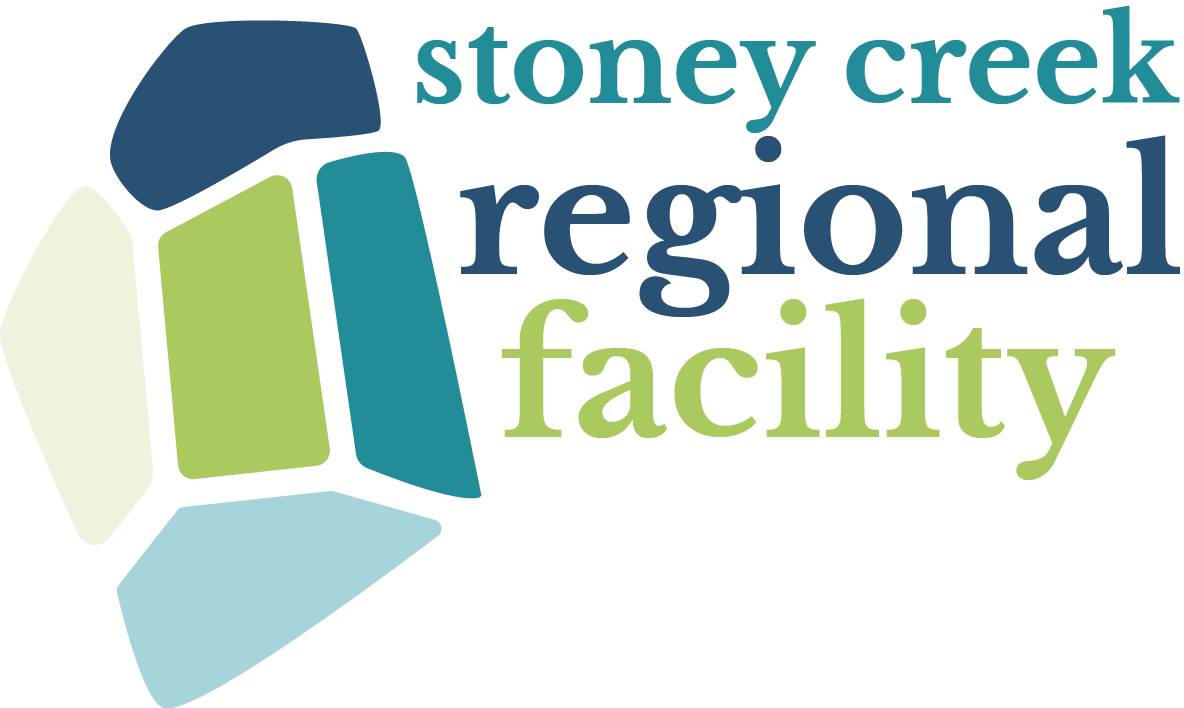Community Relations
In October 2024, GFL launched a community relations initiative to foster better communications with community members living in proximity to the GFL Stoney Creek Regional Facility.
To this end, GFL has:
Established a community relations email address ([email protected]), where community members can send comments, questions, or concerns and will receive a direct response from our community relations coordinator.
Staffed a dedicated community relations position responsible for having one-on-one dialogue with Stoney Creek community members in person, over the phone and/or by email.
Created a dedicated space on our website to summarize key feedback received and responses provided.
Please note that our community relations initiative is distinct from the complaint protocol, which would continue to be used for operational complaints such as odour occurrences.
The following summarizes comments/enquiries that we have received as of February 6, 2025:
Community Member Feedback |
GFL Response |
|---|---|
Information on odour abatement products used |
|
How does GFL determine strength of odour (i.e. mild, moderate?) | It is recognized that the determination of odour can be subjective. Odour is assessed by several different sources, including:
|
How does GFL determine whether odour is intermittent? | GHD air consultants define intermittent in their weekly reports as: “The odour comes and goes over the five-to-ten-minute monitoring period” In addition, if upon investigation as a result of a complaint, no odour is detected by GFL at the location of the complaint, the odour would be deemed as intermittent. |
Concern that no monitoring of air quality testing since waste relocation activities commenced | Air quality testing since commencement of waste relocation activities include:
|
Why doesn’t GFL report total number of complaints received? |
GFL reports on the total number of complaints we received through our complaint line, weekly on our website, quarterly to the CLC, and annually in our annual report.
|
Concern that reporting complaints is a waste of time as responses are templated | All complaints are investigated and our odour management plan is followed to mitigate any odours originating from our operations. Information gleaned from complaints are reviewed by our air consultant for trends and in support of improving our management systems. |
What health impact assessments have been completed? | As a requirement of our EA/ECA, a health assessment is completed annually by an independent third-party consulting firm (Instrinsik) and the results are summarized in our annual report. This report is submitted to the MECP in June of each year and posted to our website. https://gflstoneycreek.com/document-library |
It would be useful to post the City of Hamilton Public Health Services Air Monitoring Studies (conducted by a third party) and the information report summarizing the results to Public Health Committee on the gflstoneycreek.com web page or document library for community access to the report. | Links to the reports listed below have been posted to our Community Relations page on our website.
|
| Plans for the leachate processing plant | GFL continues to work with the City of Hamilton on necessary planning approvals and will post preliminary/conceptual design of system once approved in concept with the City/MECP. The new leachate pre-treatment plant will be located in the south-east portion of the site within the GFL property adjacent to Desi’s corner. | .
| Plans for relocation of offices for GFL | The Landfill Office will be relocated within the GFL property adjacent to Desi’s corner. |
| Waste relocation activities | With respect to waste relocation activities, all stockpiled waste being relocated is being relocated within the landfill perimeter. The Waste Relocation plan summary is located on the main SCRF page: Stoney Creek Facility. |
| Community meetings | CLC meetings are held once a quarter. Community members are welcome to gattend by registering at https://gflclc.org . Additional Community Update Meetings are determined in collaboration with the MECP. |
| Communications with HWDSB | GFL staff met with members of the HWDSB in the fall of 2024 to provide an update on how the leachate odour issues were being addressed. Representatives from HWDSB and HWCDSB are members of SCRF’s Community Liaison Committee and receive updates on activities at the facility, including complaints and mitigation measures. |
| Apollo and BC holding acquisition of certain GFL assets | The Stoney Creek Regional Facility is not included in GFL Environmental Inc.’s environmental services business, and the divestiture of the environmental services business will not impact the GFL Stoney Creek Regional Facility. |
